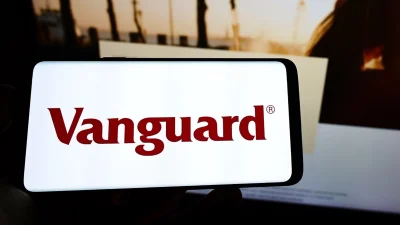Fund managers work best outside bank culture


Funds management groups operate better when not held within banking organisations, according to the former head of BT Rob Coombe.
Coombe left BT in late 2011, four years after moving the funds management operation out of the Westpac-owned BT Financial Group and listing it on the ASX as BT Investment Management.
Coombe, who now heads Quick Service Restaurant Holdings, was speaking at the Morningstar Investment Conference in Sydney yesterday and made the comments in response to a question asking if BTIM performed better as an independent entity.
He said that banks were good owners of investment platforms because they required the scale and investment that banks could provide, saying the BT Wrap had gone from strength to strength under Westpac ownership.
Coombe also stated that banks were good places to access scalable advice and for the provision of advice to those who could not afford advice from a non-institutionally aligned planner.
“However they (banks) are not always good owners of money management businesses, with the exception of Colonial First State, which has fared very well compared with the other Big Three banks,” Coombe said.
“BT Investment Management would not have worked as well if it had remained within the bank because Westpac is not a natural owner of a money management business.”
Recommended for you
Index provider MSCI has unveiled two measures to make it easier for financial advisers and wealth managers to access transparent insights into private assets.
Vanguard has announced a strategic alliance with two US alternative asset managers to develop multi-asset solutions for financial advisers which combine public and private markets.
Clime Investment Management has enacted a range of growth initiatives to boost the firm’s reach with wholesale investors and a new approach targeting the retail market.
Generation Development Group, parent of Generation Life, has entered the ASX 200, having grown its funds under management to almost $4 billion.














